Hello job seekers, I hope you are doing well. If you have landed on this article, you must be looking to optimize your resume for a job application.
In this blog, I will explain how to optimize your resume to increase your resume shortlisting and prepare you for a job interview.
I believe you have some prior work experience, and you have already used some paid or unpaid resume builders, but I would suggest you write your resume in your own words.
This is because if you pen down your experience in your own words, that will have a good impact on hiring managers, as most of them might have used some sort of AI tool or auto-generated paragraphs that make every resume look similar, which becomes frustrating for hiring managers, and they reject your application straight away.
So let’s dive deep into how to optimize your resume so that it increases your chances of being shortlisted.
Reading Lists
Avoid Grammatical Errors
My first suggestion would be to avoid grammatical mistakes. It doesn’t look professional when someone reads your resume with grammatical errors. To avoid grammatical mistakes, you can use the widely used Chrome extension, Grammarly.
1. Punctuation: You must take care of punctuation. Always end your bulletins with a full stop and use commas where it is required.
2. Singular/Plural: Don’t get confused with plural or singular. This looks inferior when a recruiter sees such silly mistakes, which reduces their confidence to reach you.
3. Pronouns: As I said previously, writing your resume in the third person is easy to read and subconsciously makes them hire unbiasedly.
4. Preposition: This is the most common mistake I have seen while screening resumes. So have some commands over prepositions, or Grammarly will fix it automatically if you have the Chrome extension.

Step #1 Name, Location, And Contact
The very top section of your resume should have your full name, current location and, phone number and, email address.
That helps recruiters connect you through any medium without searching than in the footer of your resume and sometimes recruiters don’t find all these details when you put somewhere else instead of the top of the resume.
So try to follow this when you are optimizing your resume.
Step #2 Select The Best Font For Your Resume
Secondly, use the most used fonts. Fonts play a vital role when it comes to resume writing. You should understand why is this important for a recruiter or a hiring manager.
When a person looks into a resume with thousands of words within it must be easily readable.
If you are using a font where words are not easily visible then you are wasting their time and it might not matter if you have really good hands-on experience.
So here are some suggested fonts that you should use while writing a resume. Arial and Calibri are loved by any reader so I would suggest using these 2 fonts only for your resume writing.
Step #3 Write a Summary of your Previous Work Experience.
Your summary section should be promising. Trust me, the very first line that you write in your resume makes recruiters whether to move forward with your resume or not.
Always try to write your name instead of “I” at the start of your summary section and continue writing in 3rd person.
Brief all your skills in bulletins and mark bold all keywords that you want to highlight in front of recruiters or hiring managers.
Step #4: Add Technical And Soft Skills
After adding your summary, add technical and soft skills sections.
Here you need to write all the technical skills you have used in your entire career in bulletins. That helps the recruiter understand your technical work experience.
Soft skills are also important when optimizing a resume. You can add soft skills like negotiating, cold calling, communication, time management, work ethics, problem-solving, and teamwork.
Step #5: Add Your Complete Education And Certifications With Years
In case you have been working for quite sometimes then it’s best to keep your education section short and sweet.
Suppose you have been working for 6 years or more then it doesn’t make sense to mention your 10th and 12th percentage.
You just need to mention your bachelor’s and master’s information with college/university and passing out the year.
Below the education section, you should add all completed and pursuing certifications and licenses with years.
Step #6: Write Professional Experience
This is the main part of the resume. You must optimize it very well which explains your real-time experiences.
Insert bullet points for every line you add in this section and try not to repeat similar experiences every time.
Make it short and sweet but don’t miss any points. you need to be very wise here while writing professional experiences.
Remember to sprinkle the keywords mentioned in the job description throughout your experience section because that way the hiring manager will know that you have the experience that the team needs.
Most importantly, mention client details, your designations, and the time span of your projects clearly. Using dates, and durations of your projects helps score well in the ATS.
Step #7: Use Keywords Wisely
You can manipulate keywords in your resume. you should pull out the referring keywords from the job description which will make your resume look relevant to the job you are applying for.
Step #8: Formatting
Avoid any kind of headers, footers, tables, or colors in your resume.
Now you must be thinking about saving your resume. But in which format? MS Word or PDF?
I would recommend saving your resume in MS Word because ATS can easily read your resume which increases your probability of shortlisting your resume.
Best fonts for your resume.
Why is it important to optimize your resume
FAQs
It should be one page because it is easier to read.
Yes it is okay to have 2 pages resume
Arial, Calibri; size should be 11.
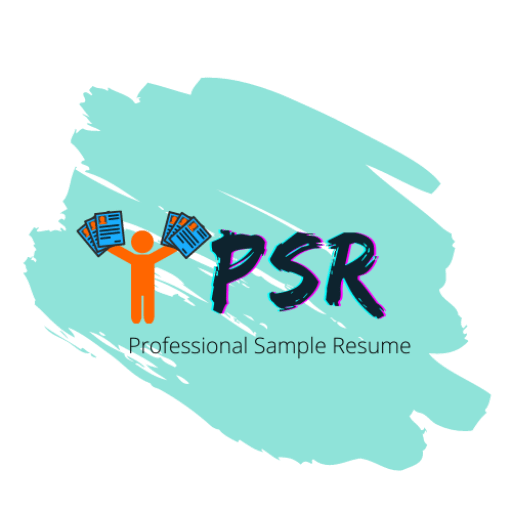
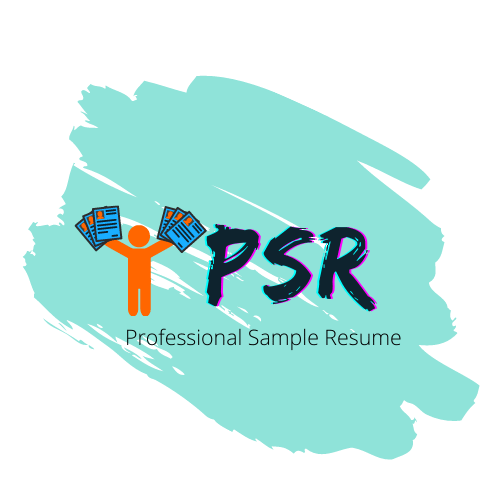
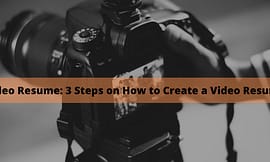


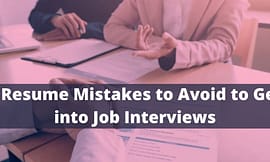
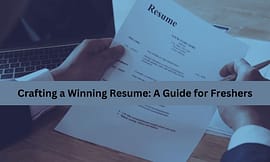
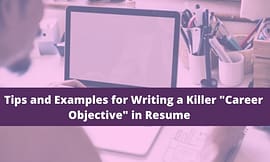
Pingback: 5 Golden Rules: Write an Incredible Resume For Upcoming Job
Pingback: How To Create Your Resume for Google: Tips and Advice
Pingback: Resumenerd: Revolutionizing Resume Creation